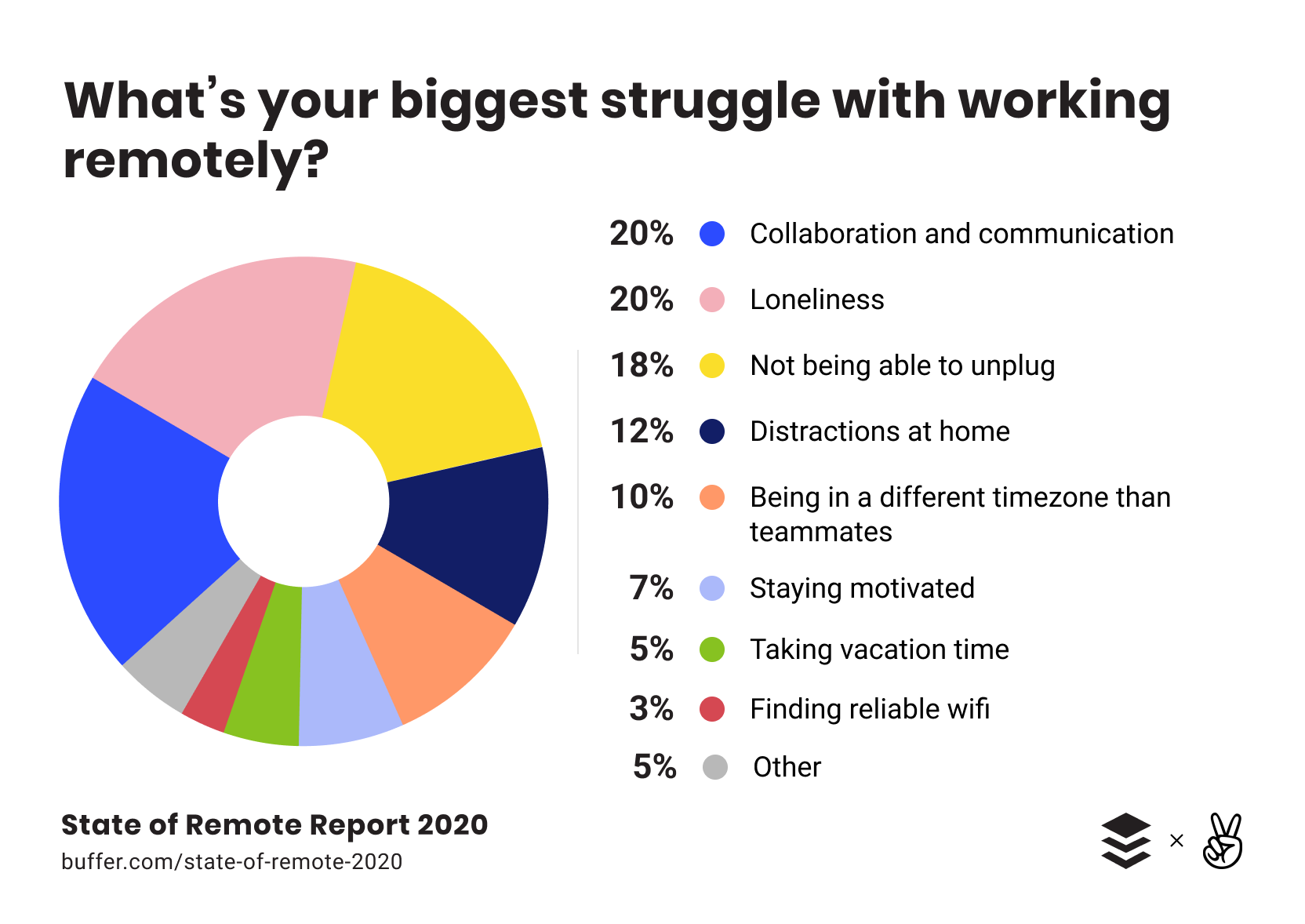10 technology trends to watch in the COVID-19 pandemic

The coronavirus demonstrates the importance of and the challenges associated with tech like digital payments, telehealth and robotics.
Image: REUTERS/David Estrada
Explore and monitor how COVID-19 is affecting economies, industries and global issues
Stay up to date:
COVID-19
- The COVID-19 pandemic has accelerated 10 key technology trends, including digital payments, telehealth and robotics.
- These technologies can help reduce the spread of the coronavirus while helping businesses stay open.
- Technology can help make society more resilient in the face of pandemic and other threats.
During the COVID-19 pandemic, technologies are playing a crucial role in keeping our society functional in a time of lockdowns and quarantines. And these technologies may have a long-lasting impact beyond COVID-19.
Here are 10 technology trends that can help build a resilient society, as well as considerations about their effects on how we do business, how we trade, how we work, how we produce goods, how we learn, how we seek medical services and how we entertain ourselves.
1. Online Shopping and Robot Deliveries
In late 2002, the SARS outbreak led to a tremendous growth of both business-to-business and business-to-consumer online marketplace platforms in China.
Similarly, COVID-19 has transformed online shopping from a nice-to-have to a must-have around the world. Some bars in Beijing have even continued to offer happy hours through online orders and delivery.
Online shopping needs to be supported by a robust logistics system. In-person delivery is not virus-proof. Many delivery companies and restaurants in the US and China are launching contactless delivery services where goods are picked up and dropped off at a designated location instead of from or into the hands of a person. Chinese e-commerce giants are also ramping up their development of robot deliveries. However, before robot delivery services become prevalent, delivery companies need to establish clear protocols to safeguard the sanitary condition of delivered goods.

2. Digital and Contactless Payments
Cash might carry the virus, so central banks in China, US and South Korea have implemented various measures to ensure banknotes are clean before they go into circulation. Now, contactless digital payments, either in the form of cards or e-wallets, are the recommended payment method to avoid the spread of COVID-19. Digital payments enable people to make online purchases and payments of goods, services and even utility payments, as well as to receive stimulus funds faster.

However, according to the World Bank, there are more than 1.7 billion unbanked people, who may not have easy access to digital payments. The availability of digital payments also relies on internet availability, devices and a network to convert cash into a digitalized format.
3. Remote Work
Many companies have asked employees to work from home. Remote work is enabled by technologies including virtual private networks (VPNs), voice over internet protocols (VoIPs), virtual meetings, cloud technology, work collaboration tools and even facial recognition technologies that enable a person to appear before a virtual background to preserve the privacy of the home. In addition to preventing the spread of viruses, remote work also saves commute time and provides more flexibility.

Yet remote work also imposes challenges to employers and employees. Information security, privacy and timely tech support can be big issues, as revealed by recent class actions filed against Zoom. Remote work can also complicate labour law issues, such as those associated with providing a safe work environment and income tax issues. Employees may experience loneliness and lack of work-life balance. If remote work becomes more common after the COVID-19 pandemic, employers may decide to reduce lease costs and hire people from regions with cheaper labour costs.
Laws and regulations must be updated to accommodate remote work – and further psychological studies need to be conducted to understand the effect of remote work on people.

Further, not all jobs can be done from home, which creates disparity. According to the US Bureau of Labor Statistics, about 25% of wage and salary workers worked from home at least occasionally from 2017 to 2018. Workers with college educations are at least five times more likely to have jobs that allow them to work from home compared with people with high school diplomas. Some professions, such as medical services and manufacturing, may not have the option at all. Policies with respect to data flows and taxation would need to be adjusted should the volume of cross-border digital services rise significantly.
Accept our marketing cookies to access this content.
These cookies are currently disabled in your browser.
4. Distance Learning
As of mid-April, 191 countries announced or implemented school or university closures, impacting 1.57 billion students. Many educational institutions started offering courses online to ensure education was not disrupted by quarantine measures. Technologies involved in distant learning are similar to those for remote work and also include virtual reality, augmented reality, 3D printing and artificial-intelligence-enabled robot teachers.

Concerns about distance learning include the possibility the technologies could create a wider divide in terms of digital readiness and income level. Distance learning could also create economic pressure on parents – more often women – who need to stay home to watch their children and may face decreased productivity at work.
5. Telehealth
Telehealth can be an effective way to contain the spread of COVID-19 while still providing essential primary care. Wearable personal IoT devices can track vital signs. Chatbots can make initial diagnoses based on symptoms identified by patients.
However, in countries where medical costs are high, it's important to ensure telehealth will be covered by insurance. Telehealth also requires a certain level of tech literacy to operate, as well as a good internet connection. And as medical services are one of the most heavily regulated businesses, doctors typically can only provide medical care to patients who live in the same jurisdiction. Regulations, at the time they were written, may not have envisioned a world where telehealth would be available.
6. Online Entertainment
Although quarantine measures have reduced in-person interactions significantly, human creativity has brought the party online. Cloud raves and online streaming of concerts have gain traction around the world. Chinese film production companies also released films online. Museums and international heritage sites offer virtual tours. There has also been a surge of online gaming traffic since the outbreak.

7. Supply Chain 4.0
The COVID-19 pandemic has created disruptions to the global supply chain. With distancing and quarantine orders, some factories are completely shut down. While demand for food and personal protective equipment soar, some countries have implemented different levels of export bans on those items. Heavy reliance on paper-based records, a lack of visibility on data and lack of diversity and flexibility have made existing supply chain system vulnerable to any pandemic.
Core technologies of the Fourth Industrial Revolution, such as Big Data, cloud computing, Internet-of-Things (“IoT”) and blockchain are building a more resilient supply chain management system for the future by enhancing the accuracy of data and encouraging data sharing.
What is the World Economic Forum doing about the Fourth Industrial Revolution?
8. 3D Printing
3D printing technology has been deployed to mitigate shocks to the supply chain and export bans on personal protective equipment. 3D printing offers flexibility in production: the same printer can produce different products based on different design files and materials, and simple parts can be made onsite quickly without requiring a lengthy procurement process and a long wait for the shipment to arrive.

However, massive production using 3D printing faces a few obstacles. First, there may be intellectual property issues involved in producing parts that are protected by patent. Second, production of certain goods, such as surgical masks, is subject to regulatory approvals, which can take a long time to obtain. Other unsolved issues include how design files should be protected under patent regimes, the place of origin and impact on trade volumes and product liability associated with 3D printed products.
9. Robotics and Drones
COVID-19 makes the world realize how heavily we rely on human interactions to make things work. Labor intensive businesses, such as retail, food, manufacturing and logistics are the worst hit.
COVID-19 provided a strong push to rollout the usage of robots and research on robotics. In recent weeks, robots have been used to disinfect areas and to deliver food to those in quarantine. Drones have walked dogs and delivered items.

While there are some reports that predict many manufacturing jobs will be replaced by robots in the future, at the same time, new jobs will be created in the process. Policies must be in place to provide sufficient training and social welfare to the labour force to embrace the change.
10. 5G and Information and Communications Technology (ICT)
All the aforementioned technology trends rely on a stable, high-speed and affordable internet. While 5G has demonstrated its importance in remote monitoring and healthcare consultation, the rollout of 5G is delayed in Europe at the time when the technology may be needed the most. The adoption of 5G will increase the cost of compatible devices and the cost of data plans. Addressing these issues to ensure inclusive access to internet will continue to be a challenge as the 5G network expands globally.

The importance of digital readiness
COVID-19 has demonstrated the importance of digital readiness, which allows business and life to continue as usual – as much as possible – during pandemics. Building the necessary infrastructure to support a digitized world and stay current in the latest technology will be essential for any business or country to remain competitive in a post-COVID-19 world, as well as take a human-centred and inclusive approach to technology governance.
As the BBC points out, an estimated 200 million people will lose their jobs due to COVID-19. And the financial burden often falls on the most vulnerable in society. Digitization and pandemics have accelerated changes to jobs available to humans. How to mitigate the impact on the larger workforce and the most vulnerable is the issue across all industries and countries that deserves not only attention but also a timely and human-centred solution.
Don't miss any update on this topic
Create a free account and access your personalized content collection with our latest publications and analyses.
License and Republishing
World Economic Forum articles may be republished in accordance with the Creative Commons Attribution-NonCommercial-NoDerivatives 4.0 International Public License, and in accordance with our Terms of Use.
The views expressed in this article are those of the author alone and not the World Economic Forum.
Related topics:
Forum Stories newsletter
Bringing you weekly curated insights and analysis on the global issues that matter.
More on Health and Healthcare SystemsSee all
Gaurav Ghewade
April 23, 2025
Naoko Tochibayashi and Mizuho Ota
April 7, 2025
Charlotte Ersboll and Kusum Kali Pal
April 7, 2025





